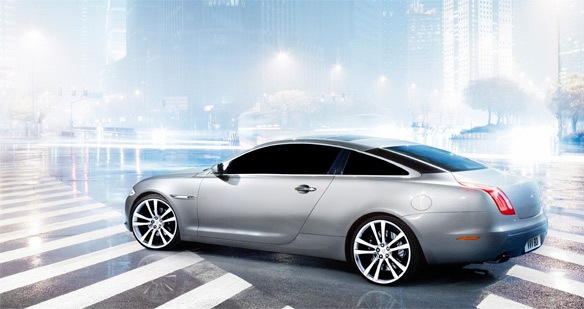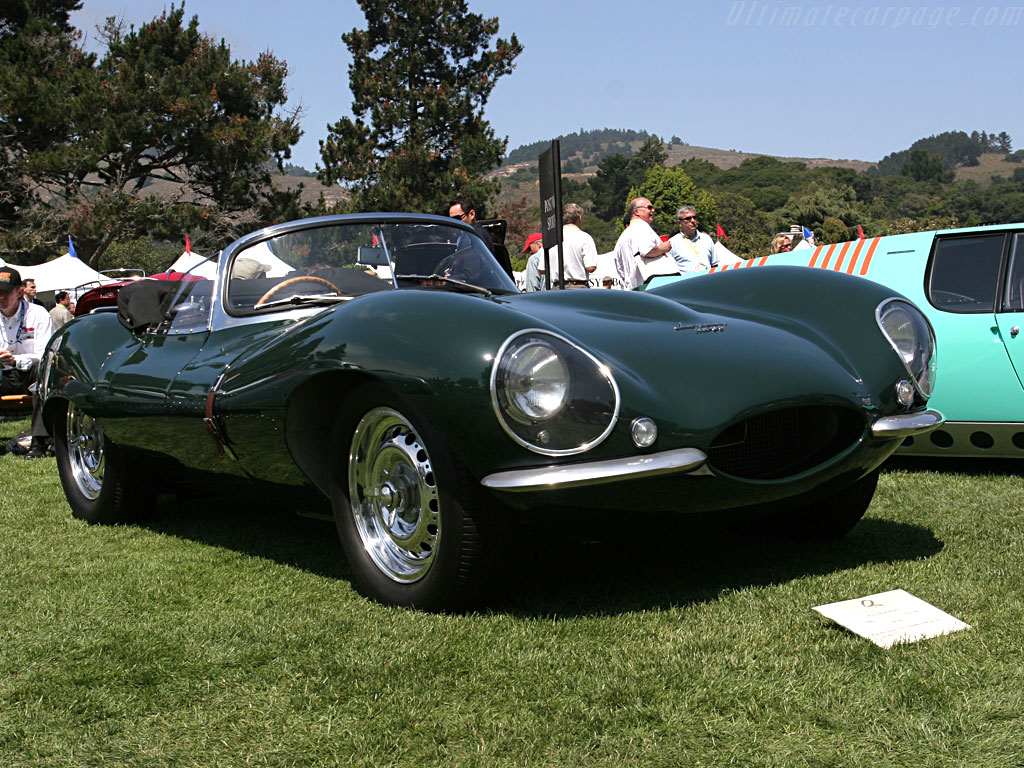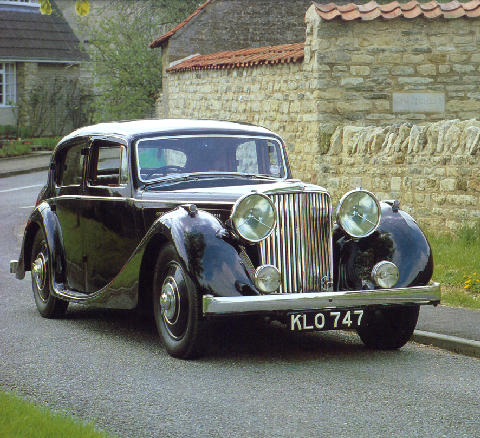
2011 Jaguar C-X75

2011 Jaguar C-X75

2011 Jaguar C-X75

2011 Jaguar C-X75

2011 Jaguar C-X75

2011 Jaguar C-X75
A sensational JET-ENGINED supercar concept from Jaguar, C-X75 has a top speed of 205 mph and accelerate 0-62 mph in just 3,4 seconds, making it the fastest ever electric road car.C-X75 uses a bonded aluminium chassis together with aluminium panels keeping weight down to just 1,350 kg, and uses four electric motors-one at each wheel-powered by Lihtium batteries, each producing 195 bhp, giving a maximum 780 bhp and a heart-busting 1,180 lb.-ft of pulling power.
The Jaguar C-X75’s 580kW propulsion system combines powerful 145kW (195bhp) electric motors at each wheel for outstanding performance. At the centre of the car sit state-of-the-art, mid-mounted micro gas-turbines. These can either generate 140kW (188bhp) to charge the batteries and extend the range of the car to 900km (560 miles) or when in Track mode provide supplementary power directly to the electric motors. The four electric motors provide torque-vectored, all-wheel drive traction and grip, essential in a car that produces 580kW (778bhp) and 1600Nm (1180lb ft) of torque.
Finished in Jetstream Silver, the Jaguar C-X75 boasts advanced design features such as a ground-breaking propulsion system, and active aerodynamics allow for an elegantly simple fuselage section that remains stable at very high speeds.























































